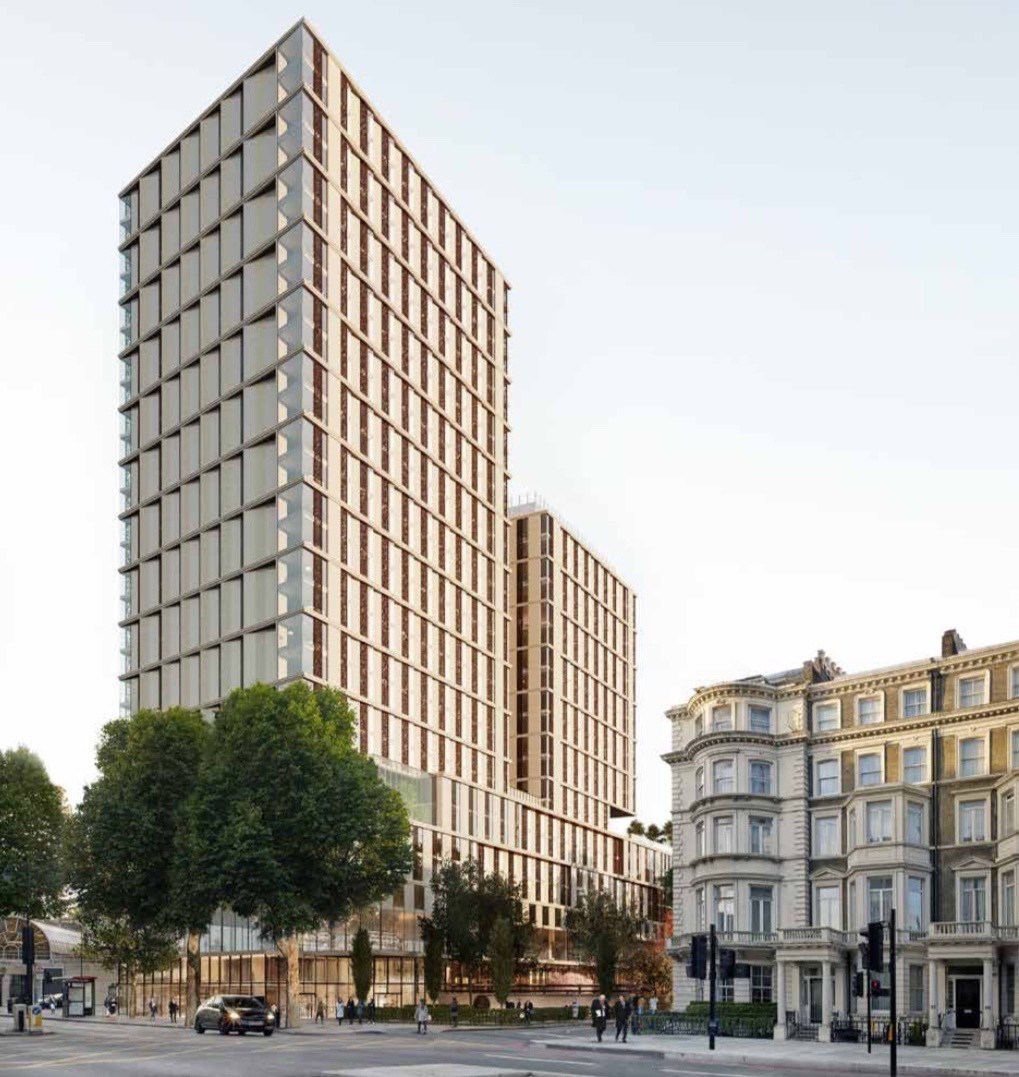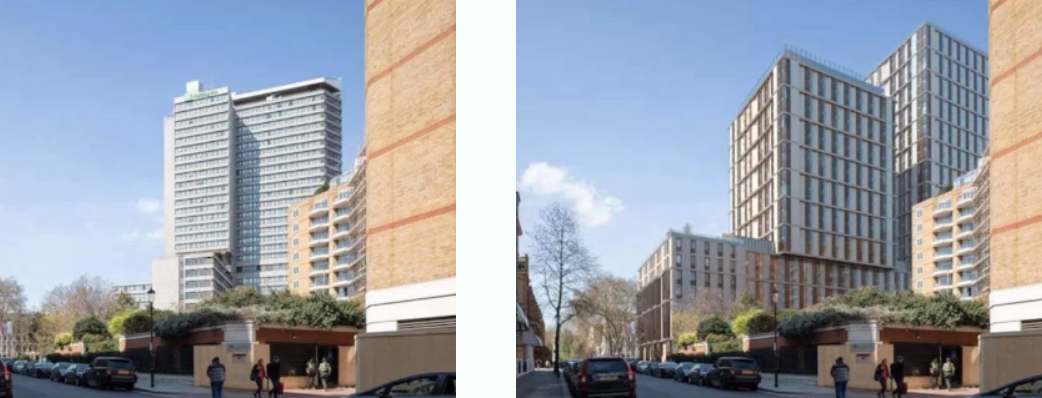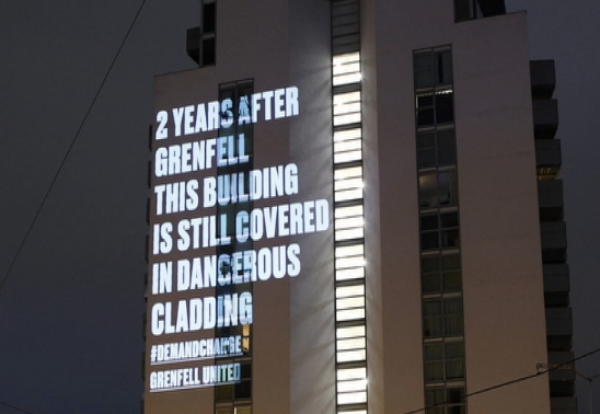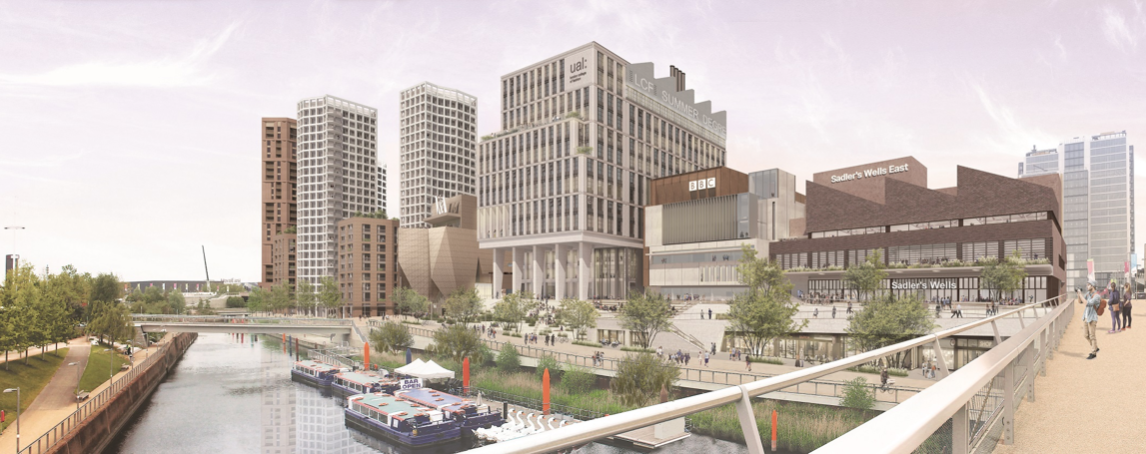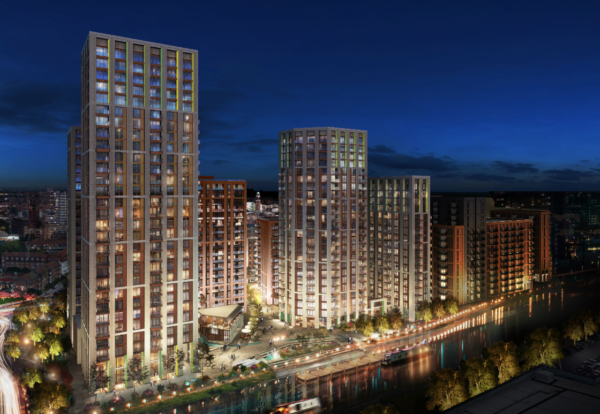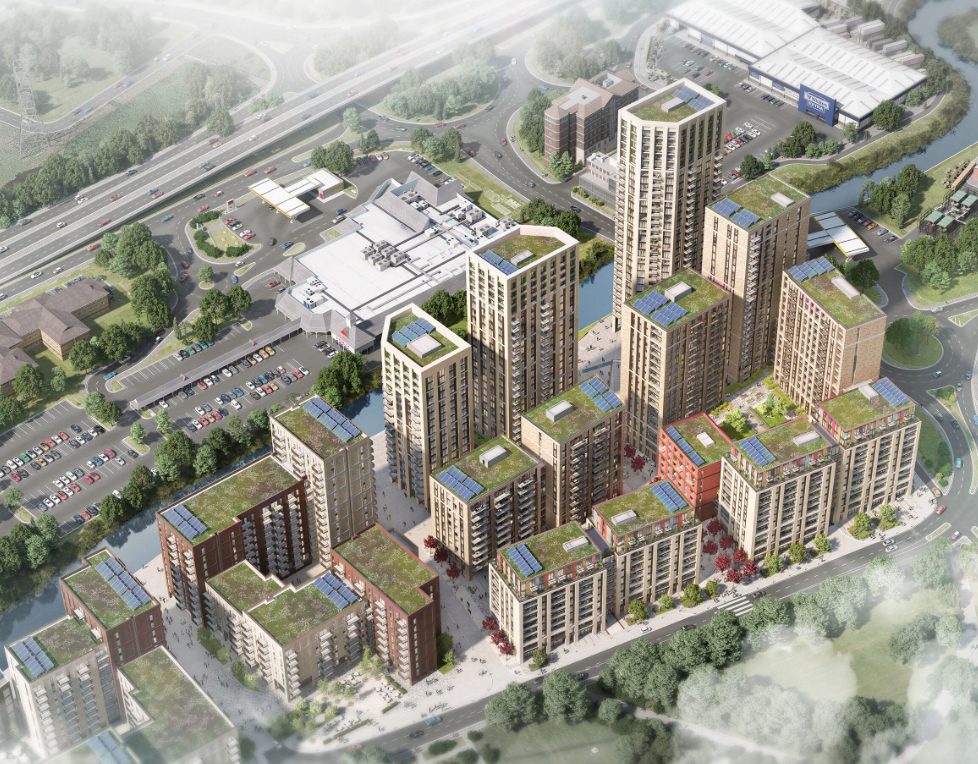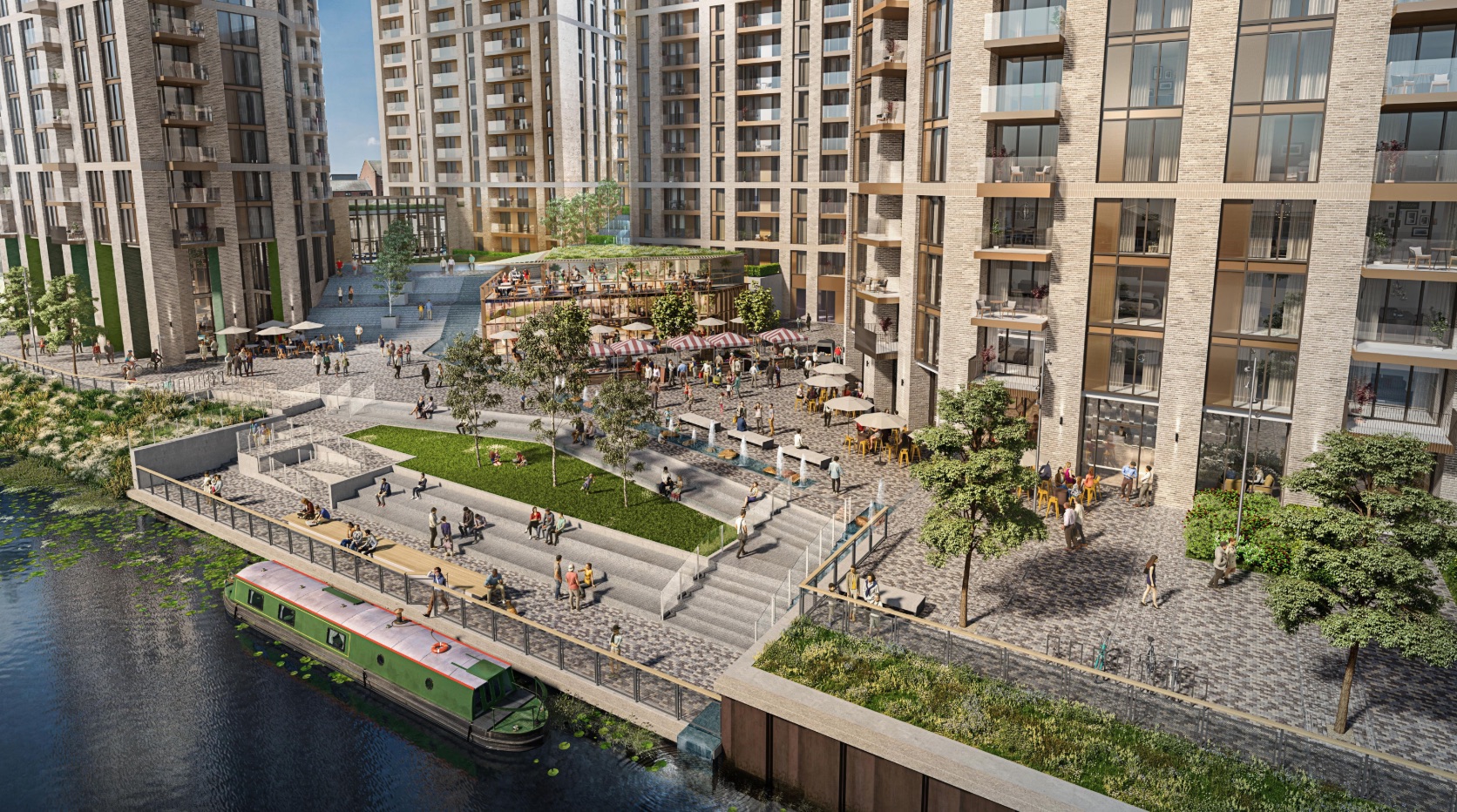Developer Queensgate Investments and Rockwell aim to redevelop the Kensington Forum Hotel in West London with a landmark new hotel, serviced apartment and conference scheme.
Designed by architect SimpsonHaugh, the Cromwell Road proposal will replace the existing 906 room hotel, recognised as a local eyesore, with a 750-bedroom quality hotel and 340 serviced apartments.
The scheme, which will rise to 29 storeys, will provide 62 genuinely affordable social rented homes, worth £90m – the first private development in London to deliver a 100% genuinely affordable homes.
A further £2.8 m will be put towards public realm improvements to the area around Gloucester Road station.
Jason Kow, Chief Executive of Queensgate Investments, who own the Kensington Forum said: “Queensgate Investments is proud that the Mayor has resolved to grant this unique opportunity to create one of London’s largest hotel and service apartment schemes, whilst also delivering for the needs of the local community and Londoners alike.”
The Royal Borough of Kensington and Chelsea has consistently failed to meet the Mayor’s housing targets in recent years, and the Mayor has pushed his planning powers to their limits in order to deliver more affordable homes in the borough.
In April, the Mayor refused permission for the redevelopment of Heythrop College in Kensington Square – which included just 3.3 per cent affordable housing – after the council had approved it.
Last September, the Mayor gave permission for Newcombe House in Notting Hill, having called it in following the council’s decision to refuse the application. After the Mayor’s intervention, the level of affordable housing was increased from 17 to 35%.


